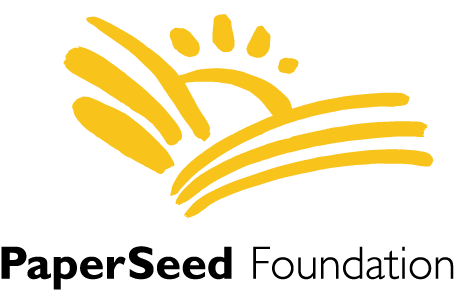Achieving the Sustainable Development Goals: Making the case for awareness and hope
/There are moments in time when social media erupts with breaking news, and you can almost feel the world’s collective emotions as people react. Last Friday, when world leaders said “yes” to the United Nation’s Sustainable Development Goals, was one of those moments. There was a tidal wave of digital joy as organizations around the world reposted a colorful grid--17 bright boxes with white icons—and declared the number they would champion.
Fast forward a week and the cynics have invariably chimed in.
The terms “syrupy” and “unrealistic” have been thrown around. People cited how many of the Millennium Development Goals were missed. They began to say, “It cannot be done.” We won’t deny that they’re lofty goals, but the cynicism is entirely unnecessary.
The Millennium Development Goals were adopted as the UN’s collective goal for 2015. They were put in place, in short, to fight extreme poverty. While there were notable shortfalls, there has been undeniable progress in the fight to end poverty, which cannot be overlooked. As cited in the Millennium Development Goals Report, extreme poverty--while not eradicated--was cut in half. Millions of lives were saved by targeted efforts to curb contraction of malaria, HIV/AIDS and tuberculosis. A staggering 2.1 billion people gained access to better sanitation.
The Sustainable Development Goals aim not only to end poverty, but to protect the planet and achieve gender equality. They paint a picture of a peaceful, sustainable world where all people can live healthy, dignified lives. The popular argument against the success of these goals is the failure of their predecessor. How can seventeen goals succeed where eight have already failed? The answer lies in awareness.
It bears saying that the world was a very different place fifteen years ago. It may not feel that way but, if you really take a moment to consider how technology has advanced since then, it’s amazing. For all of the negative costs of this technological revolution—the hordes of ‘zombies’ staring at their phones leaps to mind—there is a major benefit.
We are connected.
Fifteen years ago, the Internet was just starting to find its feet. People connected in chat-rooms and online discussion boards. Relationships were forming, but they were fragmented and hobby driven. Now, it is estimated that 80% of American adults are on Facebook. Now, a single message or image can be shared instantly. It can ripple out through groups of friends, co-workers, and acquaintances. Sometimes (okay, often) this message is something dumb about Kim Kardashian. Or it’s a tragedy, and our hearts sink as one. But this time, we have an opportunity to spread a message of hope, peace and justice.
People are spreading the word. Global Citizen reported that some 19 phone companies are contacting their customers about the goals with a potential reach of 1.7 billion people. Internet content giants like the Huffington Post, Wikipedia, and TED are getting involved. Celebrities of all stripes have lent their voices to the cause, utilizing the ubiquitous “hold a sign” meme to tell fans which of the 17 goals they most ardently believe in.
PaperSeed believes that awareness is the key, and now we have the means to really spread the word. Awareness, coupled with the concerted efforts of philanthropists, non-profit organizations, and governments, will make us unstoppable. Awareness—as proven by the infamous ALS ice bucket challenge and their subsequent spike in donations—leads to a higher rate of charitable giving. Couple that giving, which you can look at as an investment in ending poverty, with Vicki Spruill’s inspiring call-to-action:
“Governments must see grant makers as potential partners that have decades of experience and lots of strong ties to people who know how to create change. The design of the SDGs has been more inclusive and participatory than the millennium development goals, and moving forward philanthropy should be a part of conversations on achieving these ambitious targets.”
So picture it: everyone working toward the same goal, contributing what they can. A global network of people and professionals sharing their stories on a whole host of media as they make progress. Concentrated efforts and smart investments in community leaders and projects. Can you see it yet? We're not saying it will be easy, but if we have governments collaborating with NGOs, who collaborate with people in their own communities, it is possible. It will be a work of cooperation, collaboration, entrepreneurial thinking, technology and philanthropy.
So what can you do? First off, ignore the nay-sayers. Share the Sustainable Development Goals. Champion your number, or numbers! Awareness is the first step. Give what you can, if you can. Support non-profits that are working toward an SDG. And never lose hope that collectively we can create a better world.



